| Early Holocene Tokyo Bay Area |
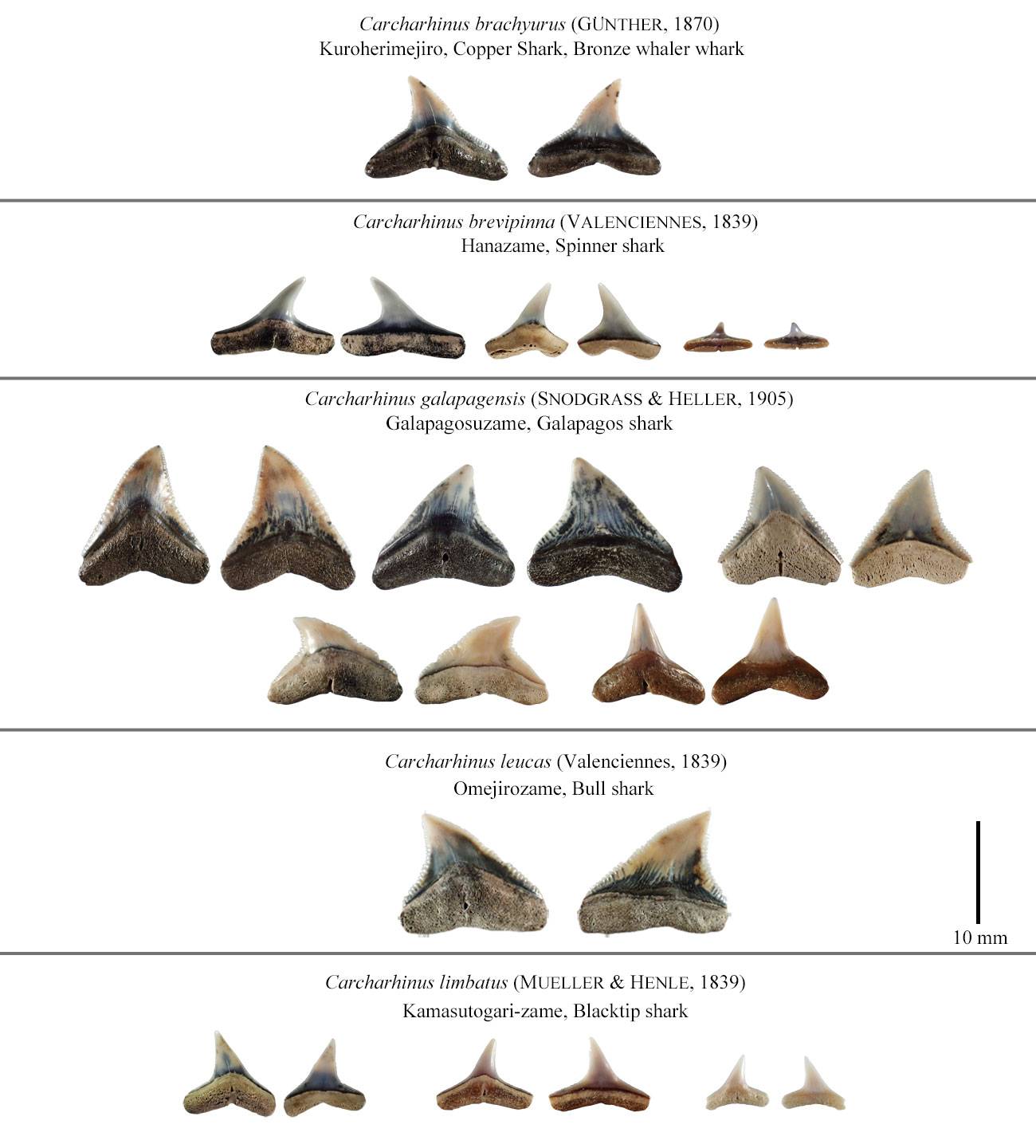
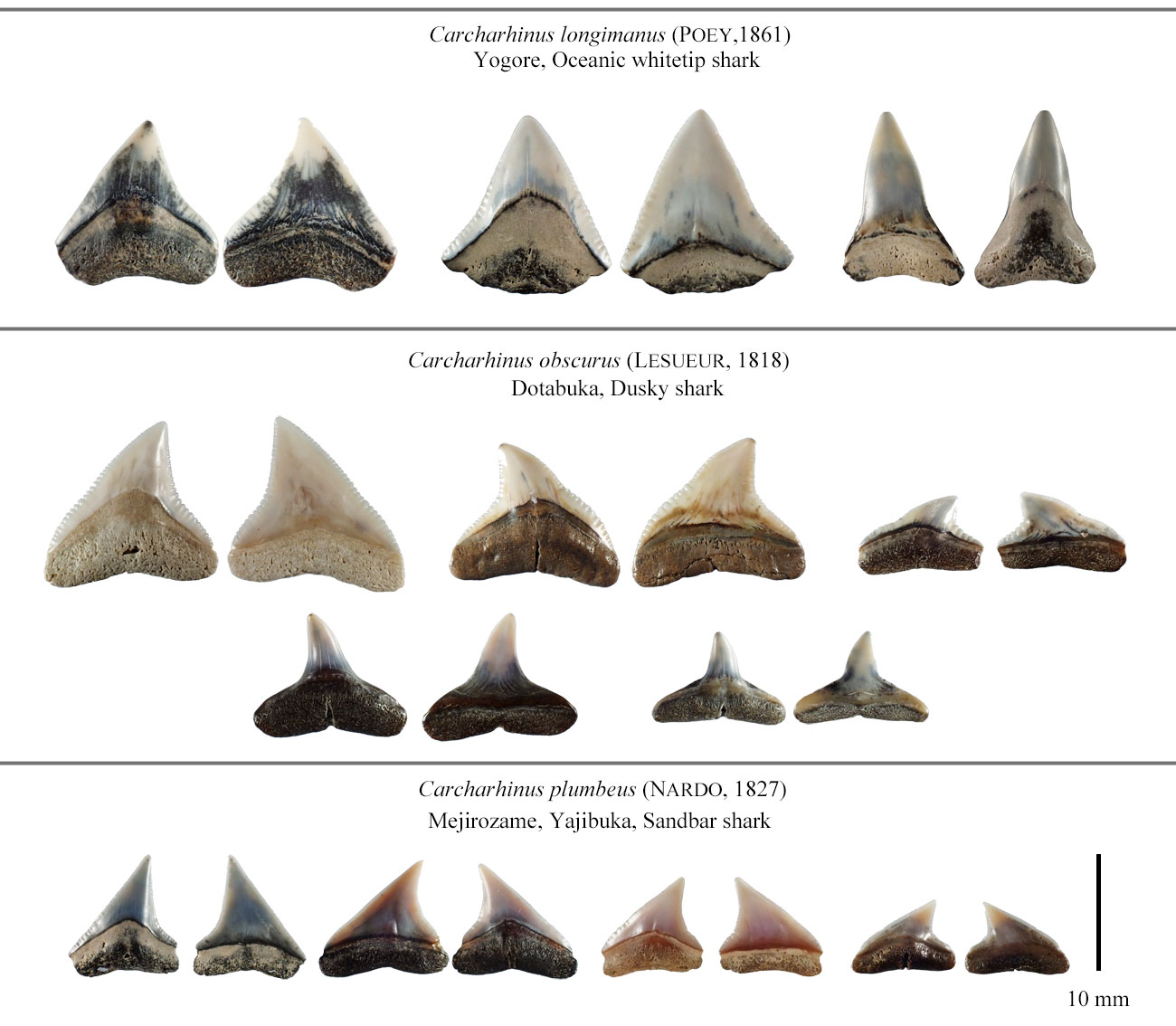
| Jan. 28, 2022 Apr. 18. 2022 |
| Simousa G. Late Pleistocene Ami |

| Sep. 01, 2022 |
| Kazusa G. Pleistocene Ichijyuku |
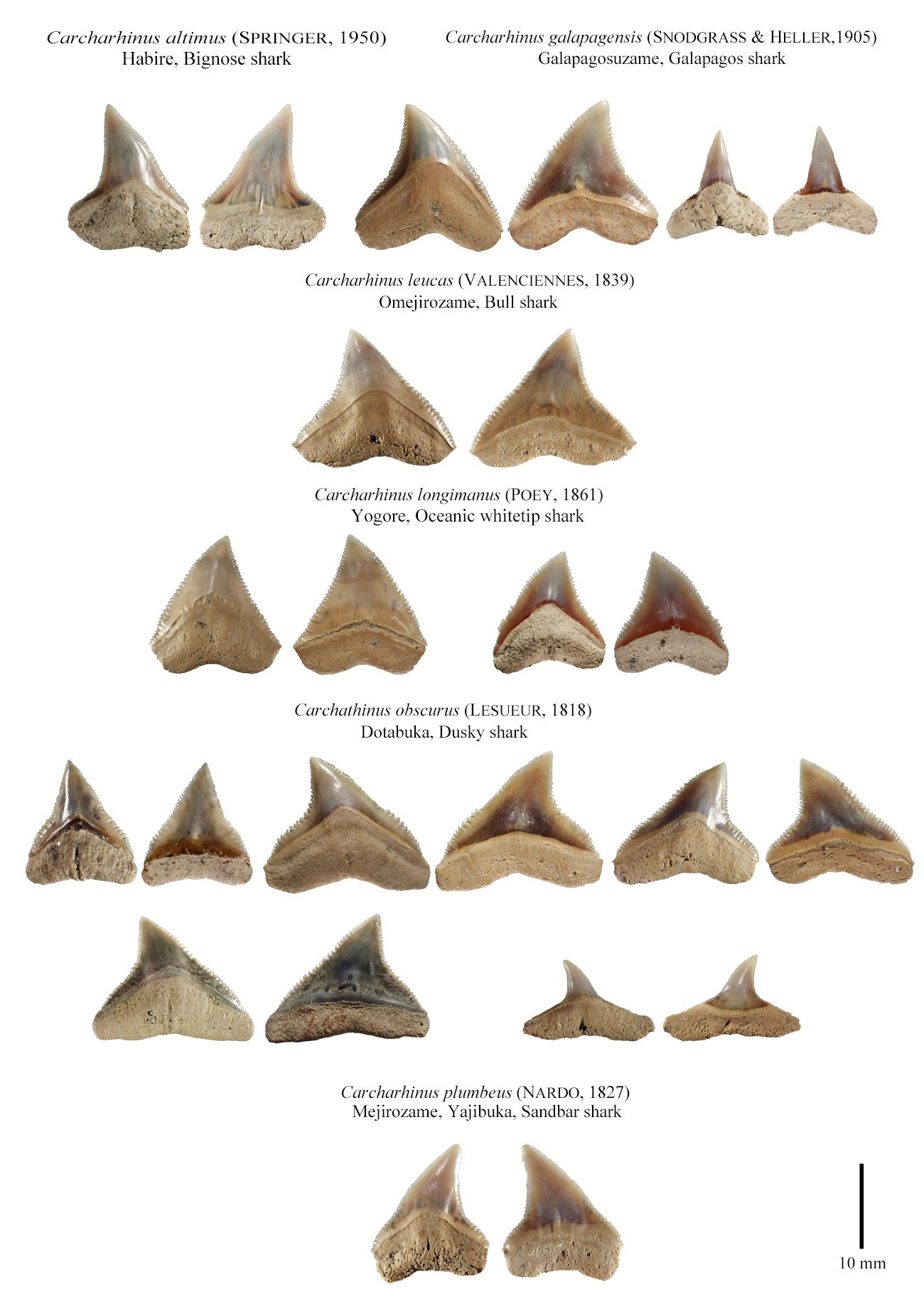
| Jan. 27, 2022 |
| Pleistocene Shimajiri |

| Nov. 11, 2022 |
| Pleistocene Kakegawa |
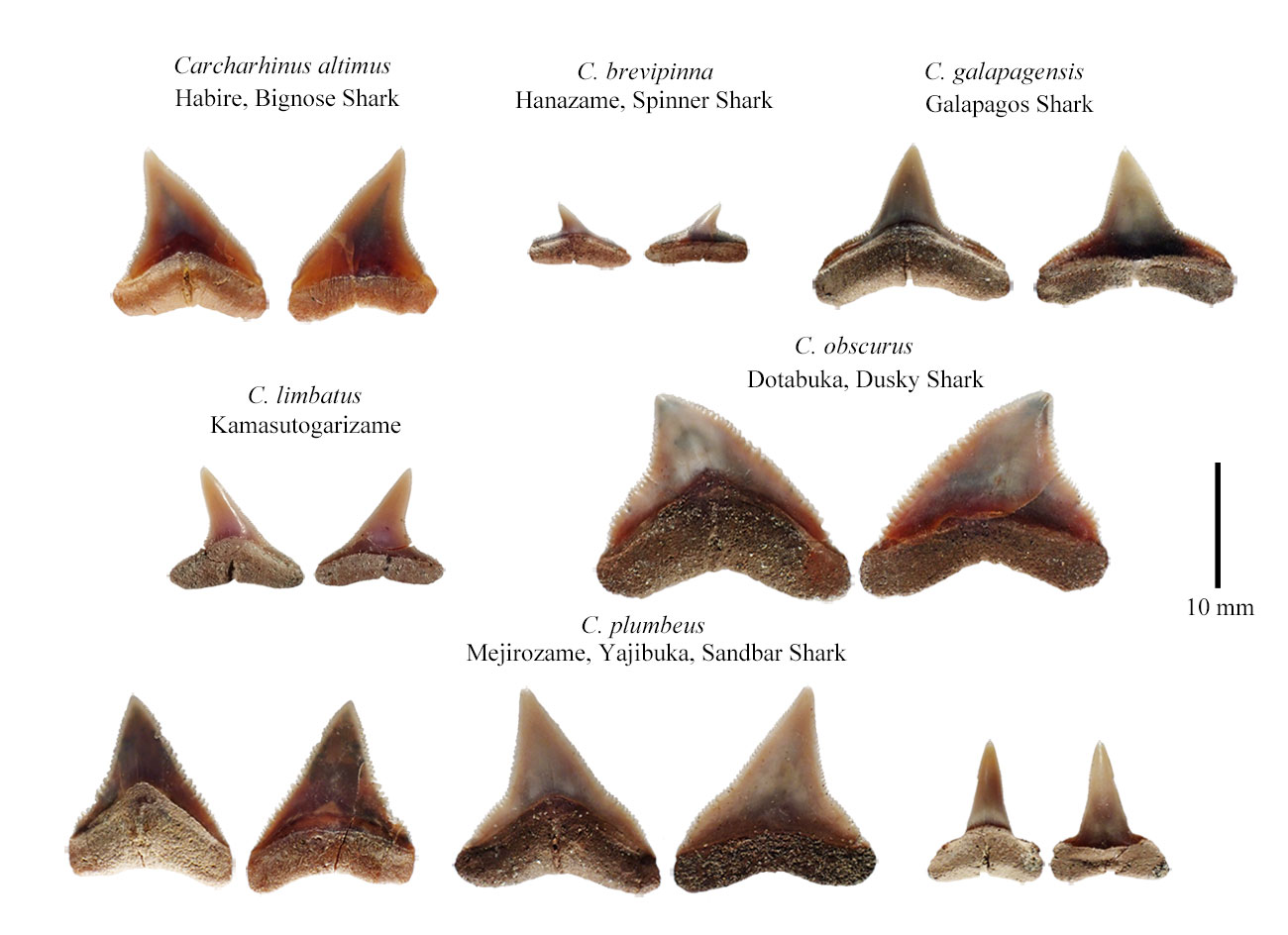
| Jul. 23, 2022 |
| Pleistocene Toyooka |
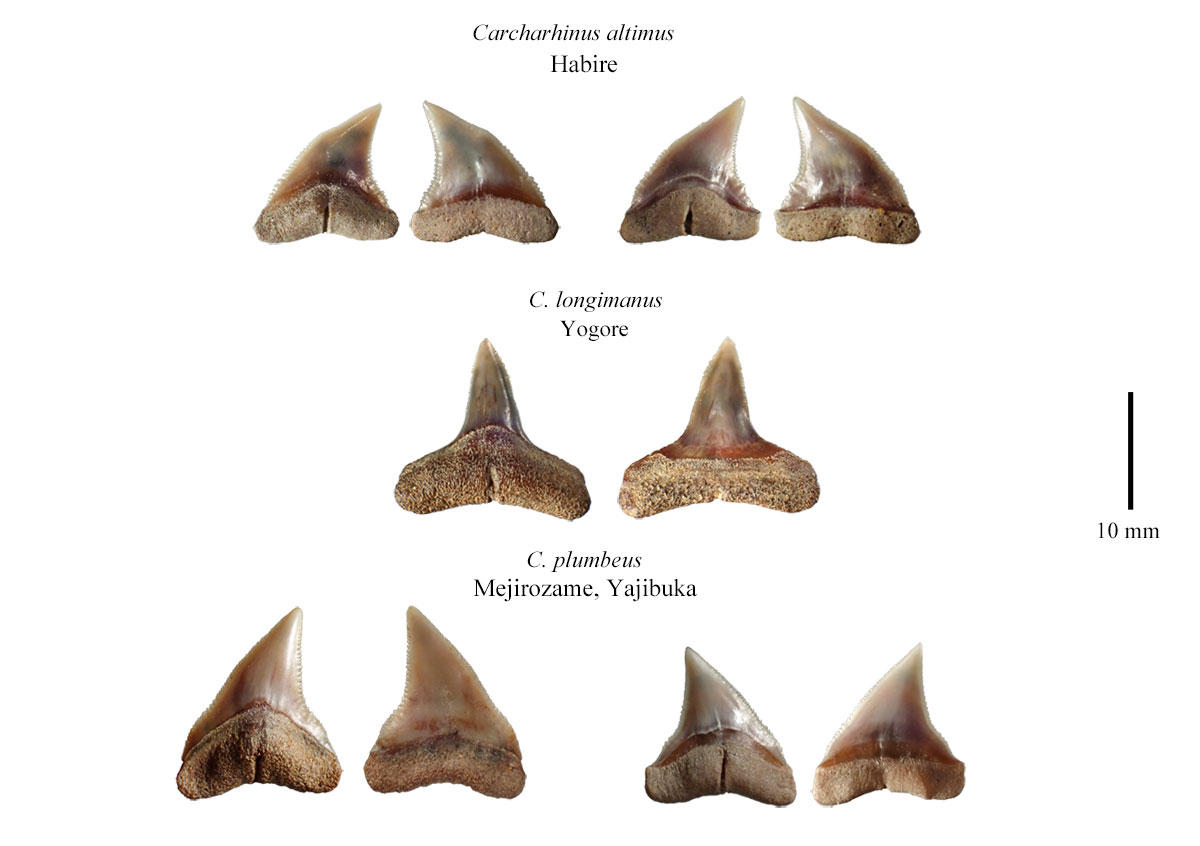
| Jan. 24, 2022 |
| Pliocene Tomioka |
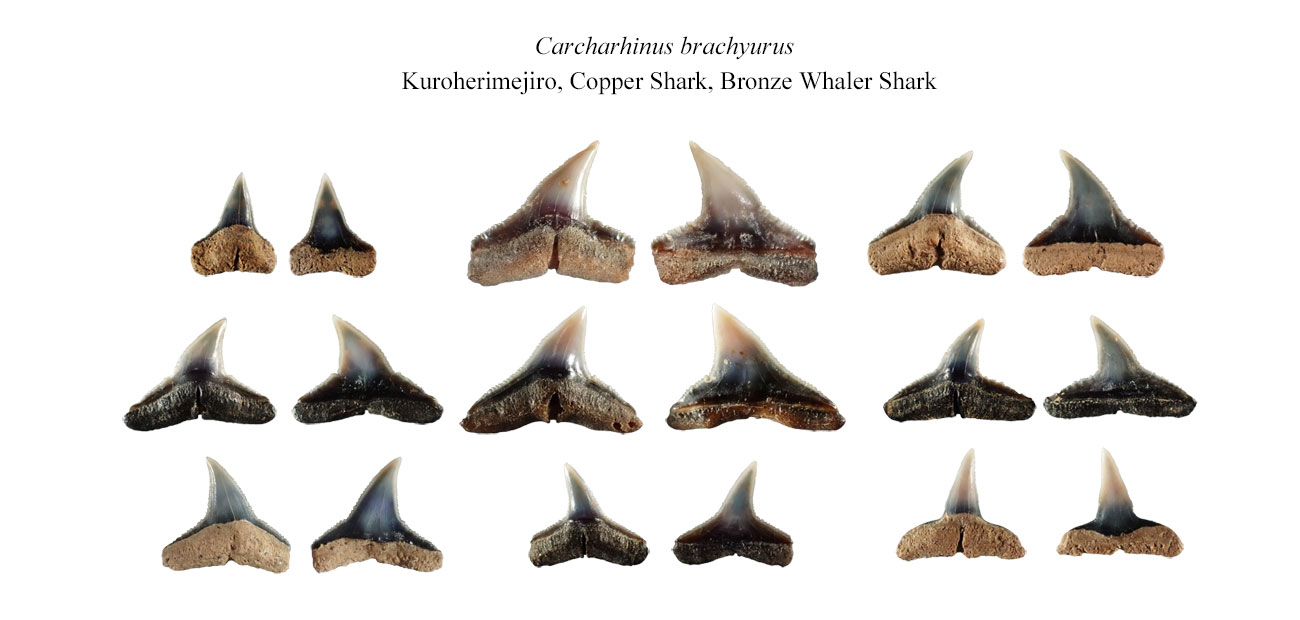
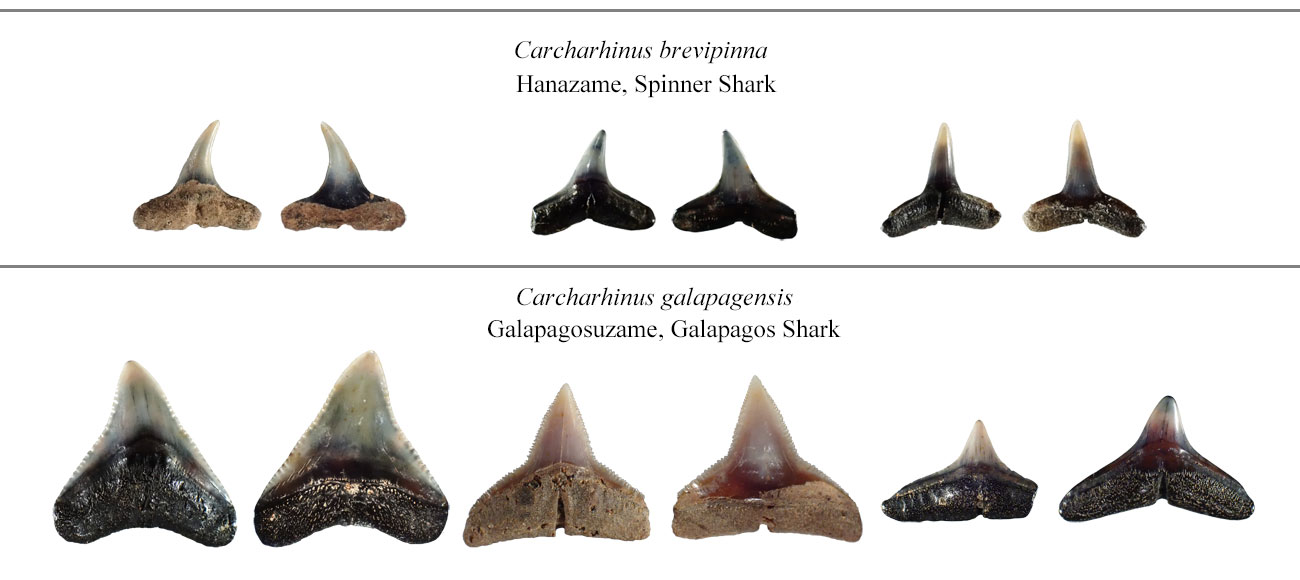
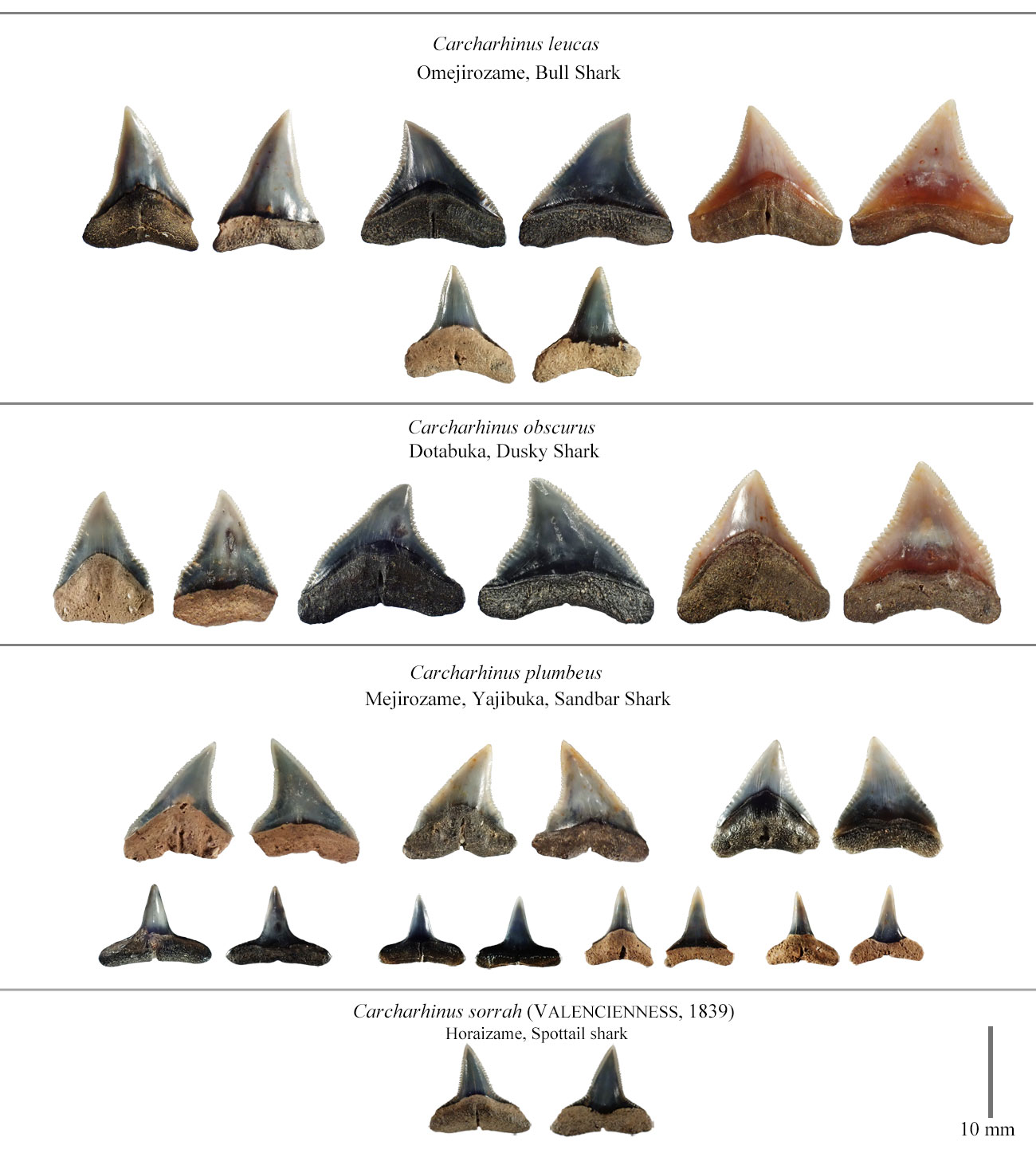
| Aug. 21, 2022 |
| Pliocene Naarai |

| Nov. 01, 2022 |
| Pliocene Shimajiri |
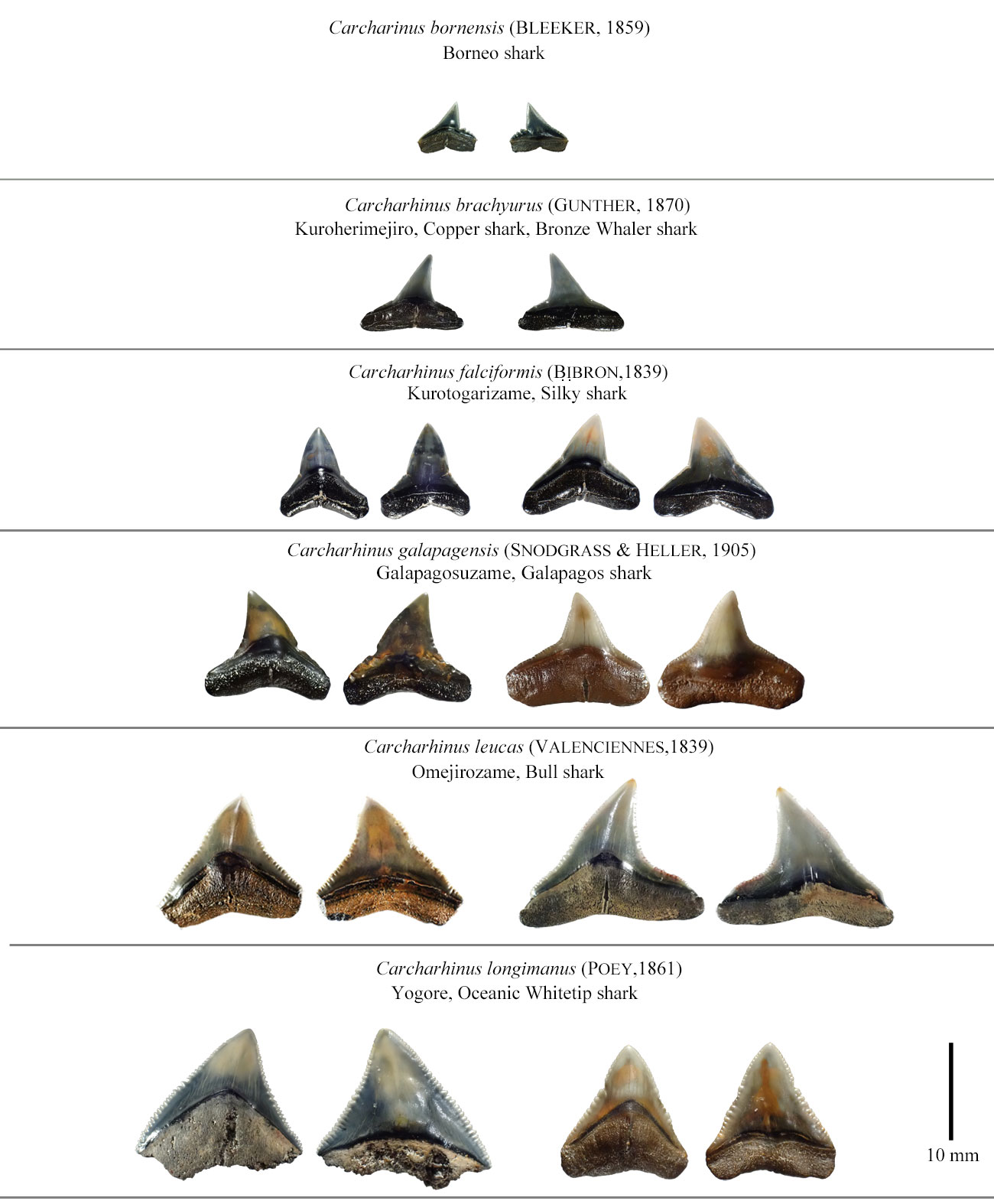
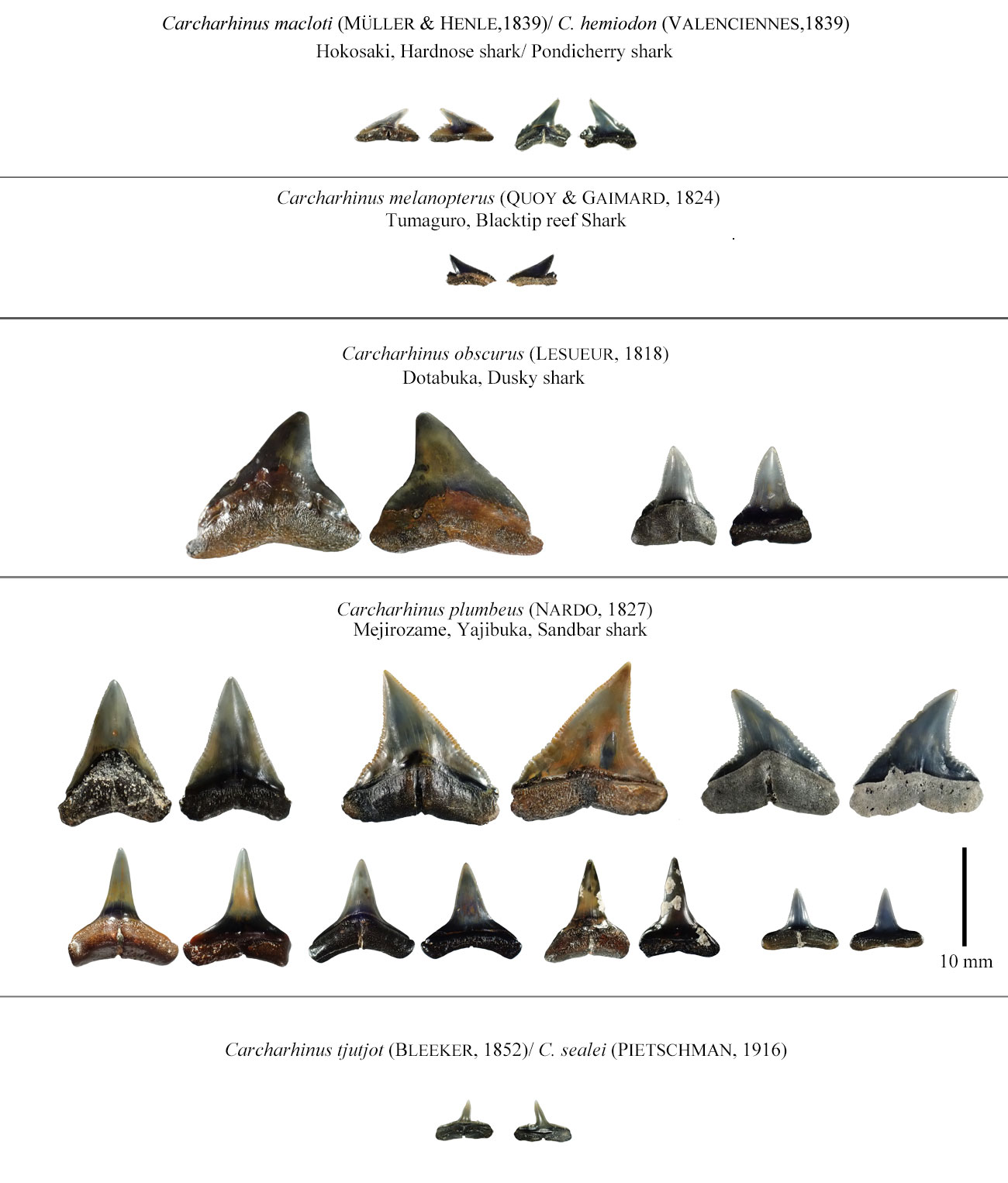
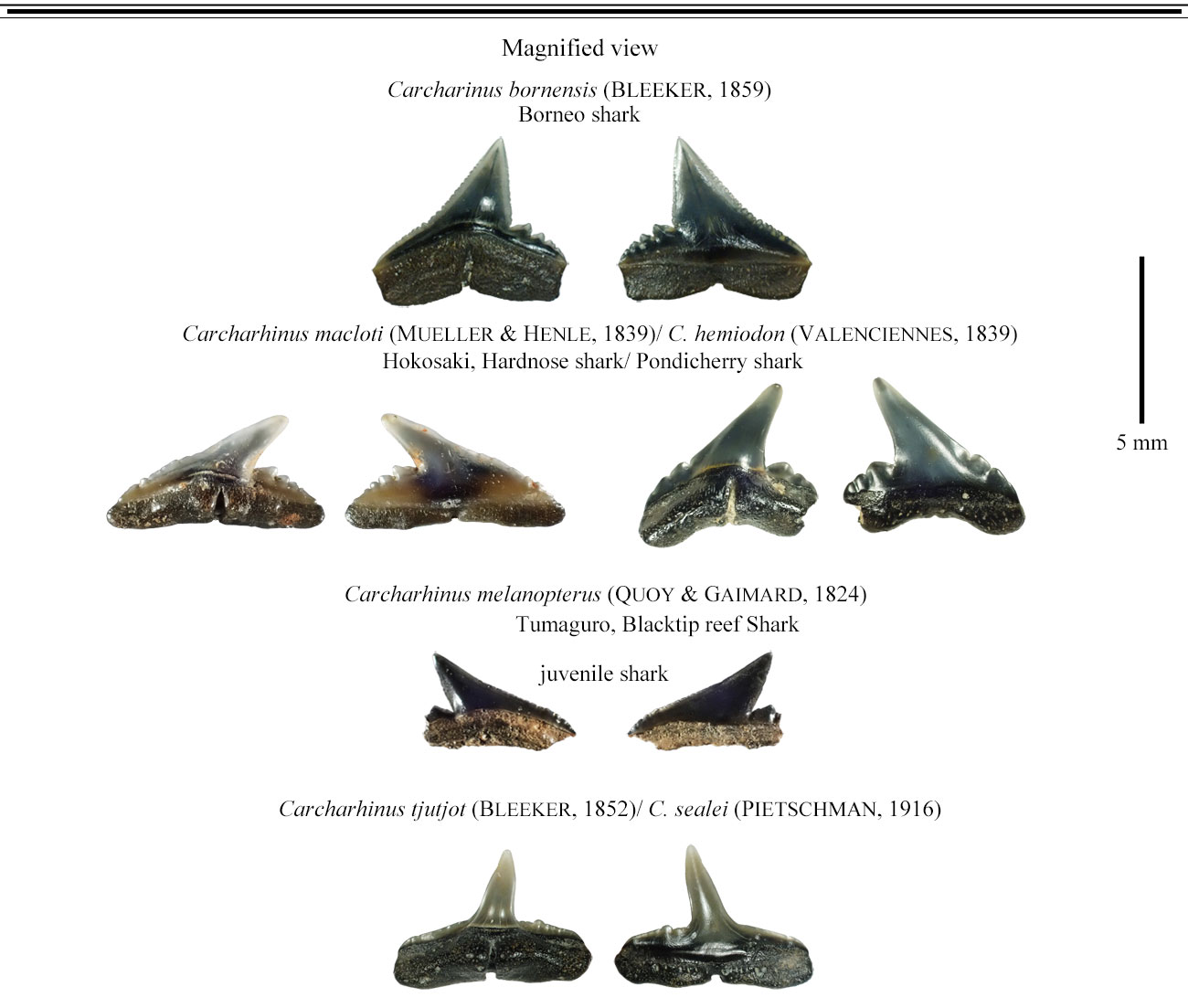

| ,20230728, Feb. 2, 2022 |
| Mio-Pliocene Koderayama F. |
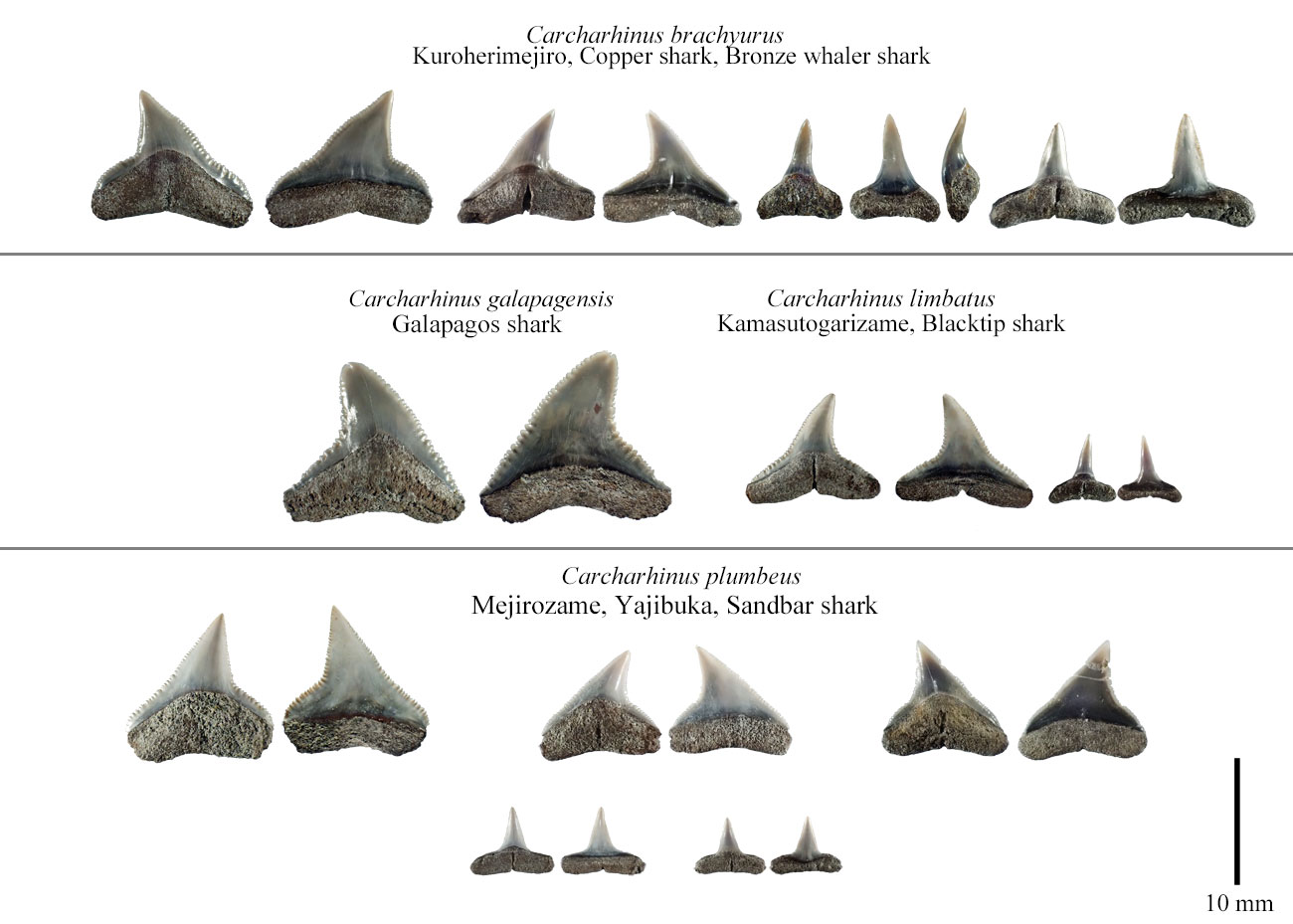
| Apr. 11, 2022 |
| Late Miocene Senhata |
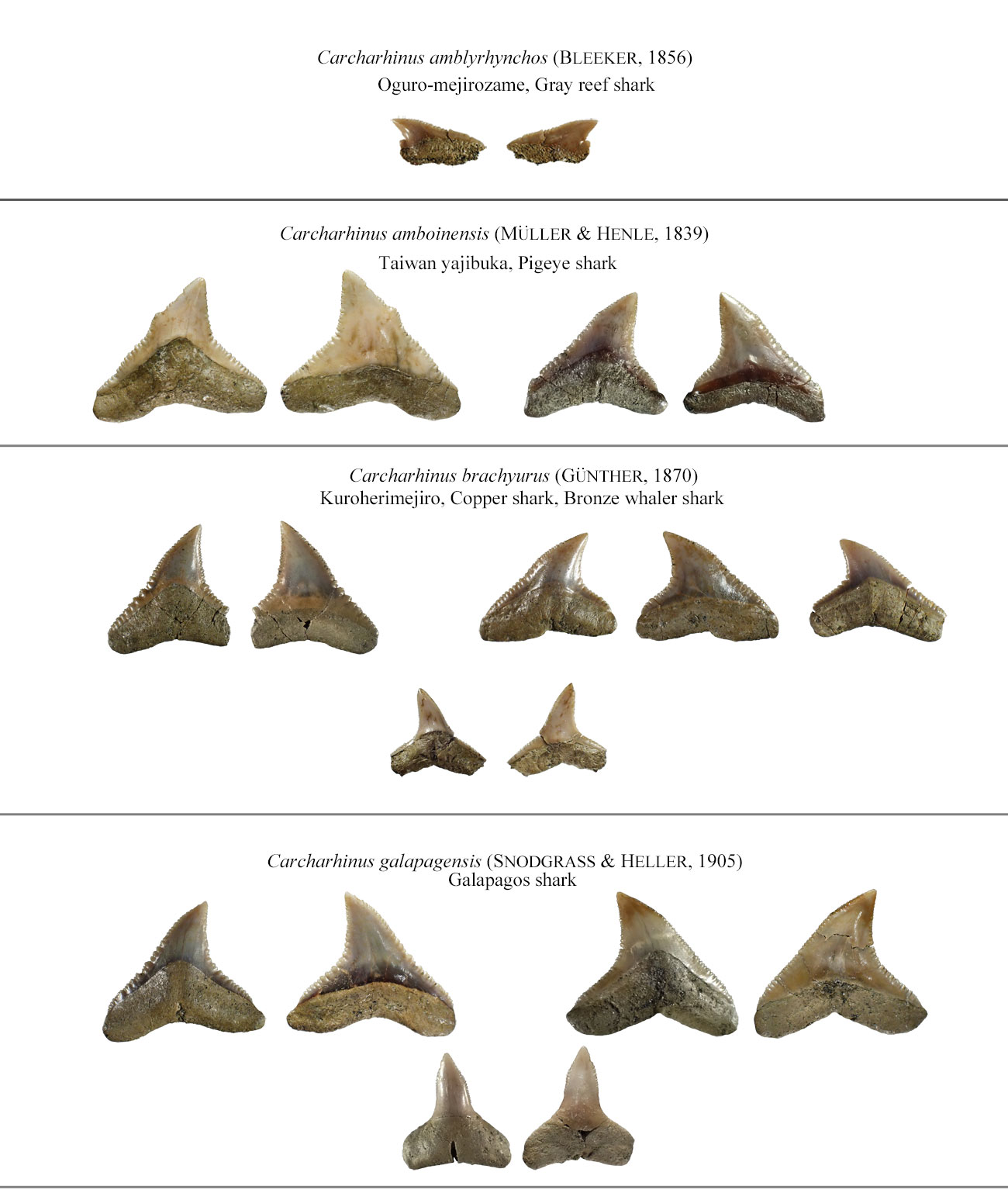
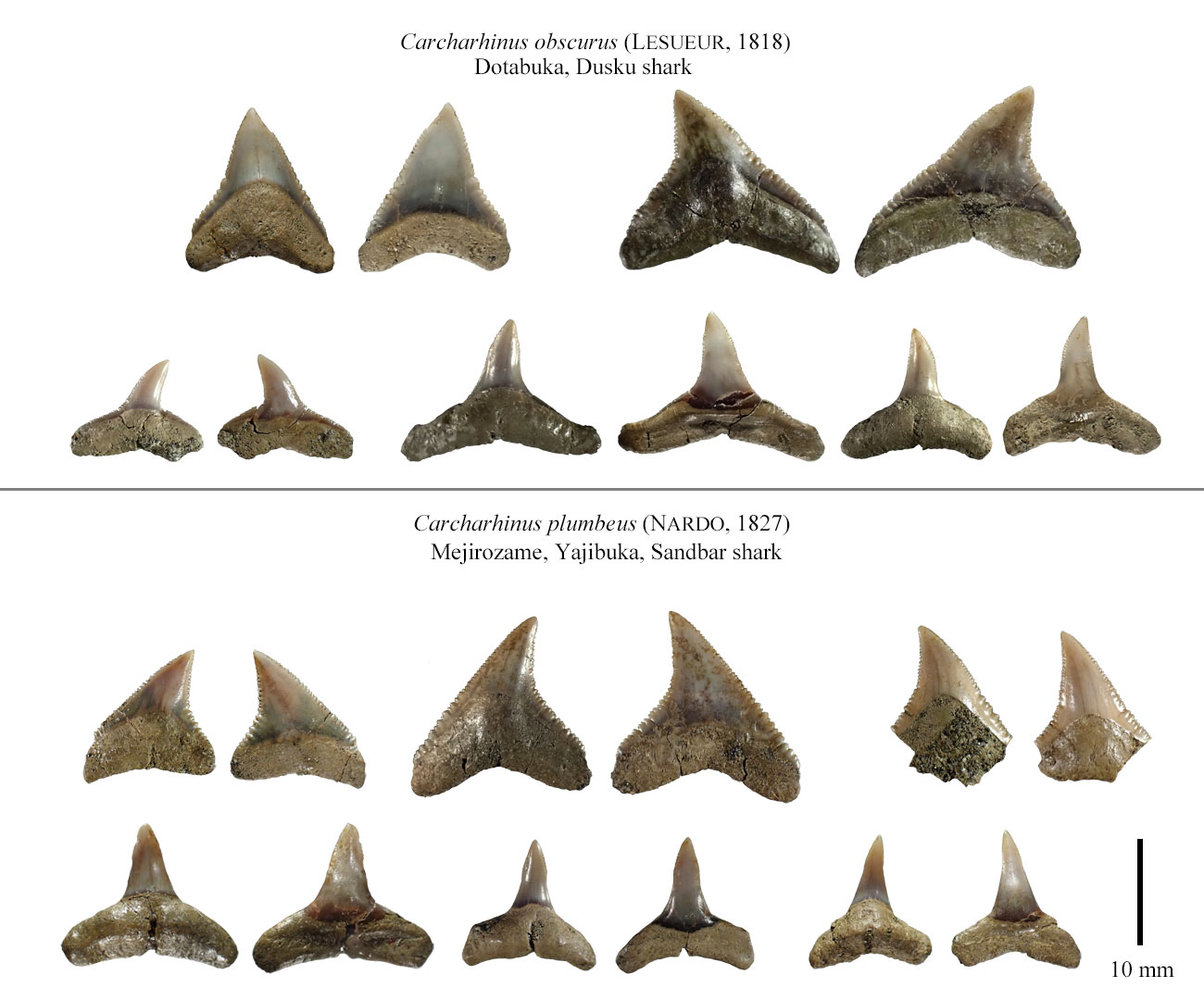
| Feb. 7, 2022 |
| Miocene, Aoso Formation. Taiwa |
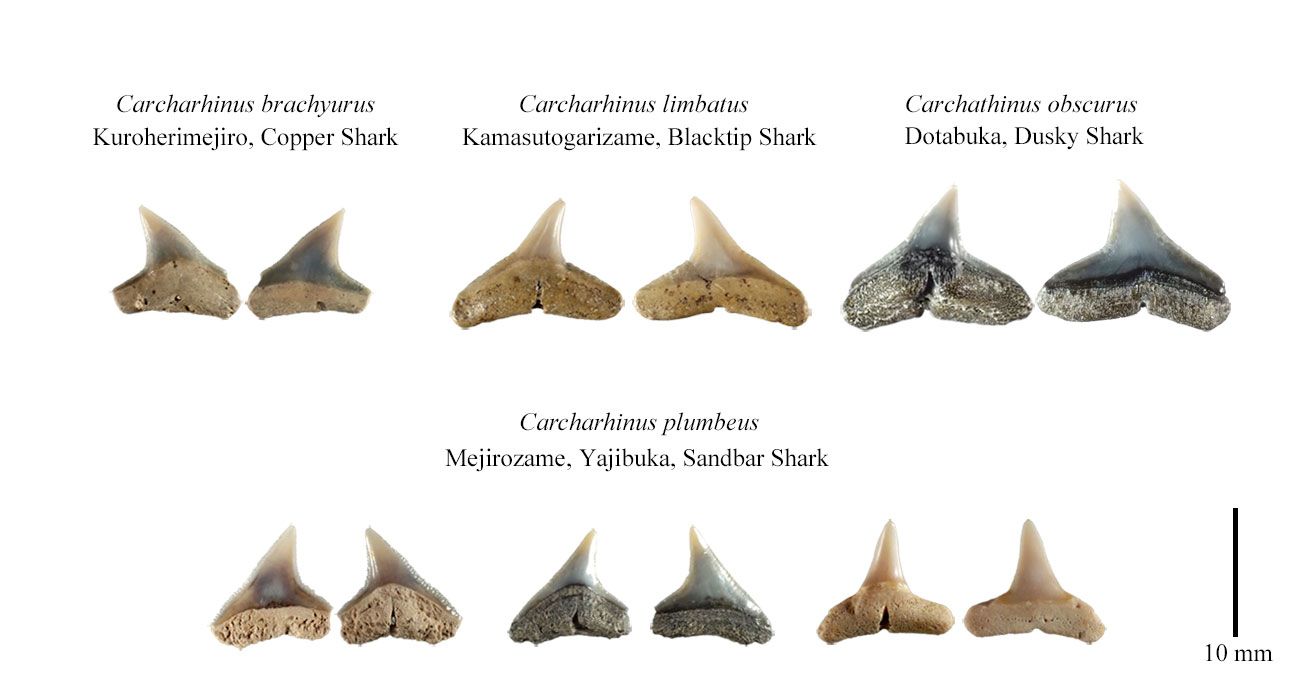
| Sep. 28, 2022 |
| Miocene, Kyumen-Otu Formation. Nagahama |
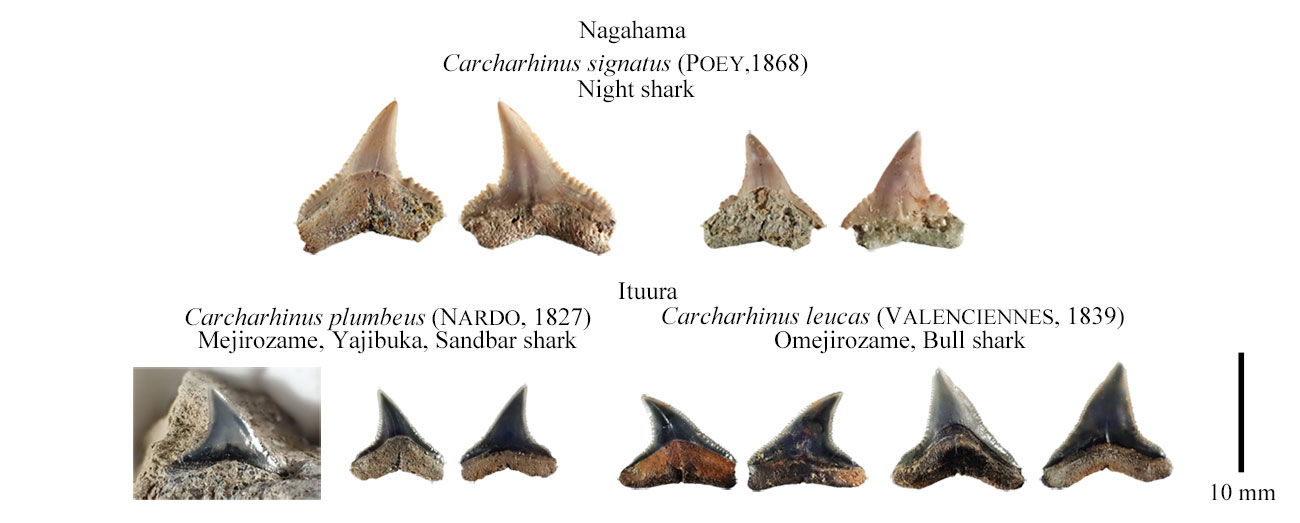
| Mar. 21, 2023 |
| Nisikatura G. Nisikatura-cho |
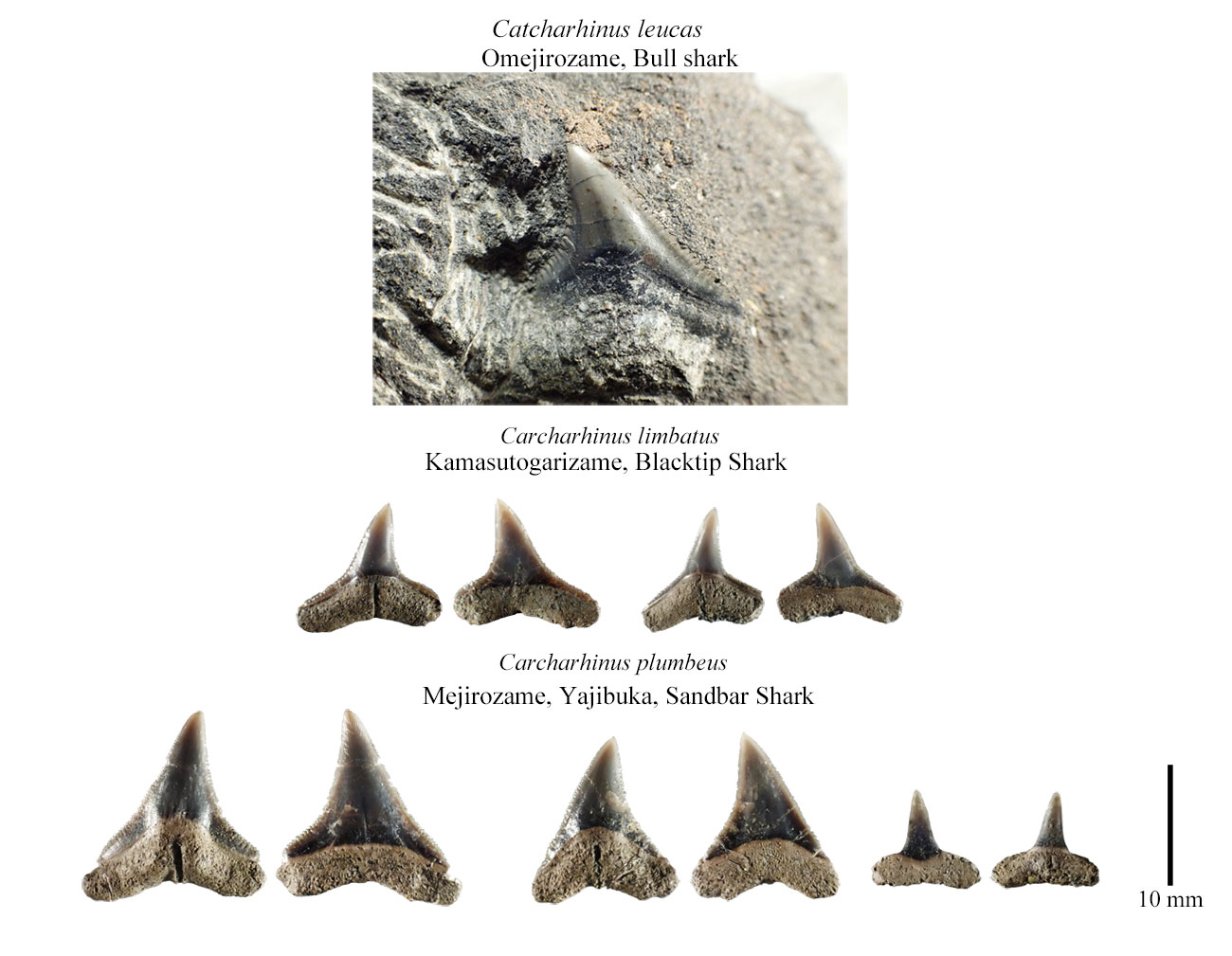
| Aug. 28, 2022 |
| Middle Miocene Sekinohana |
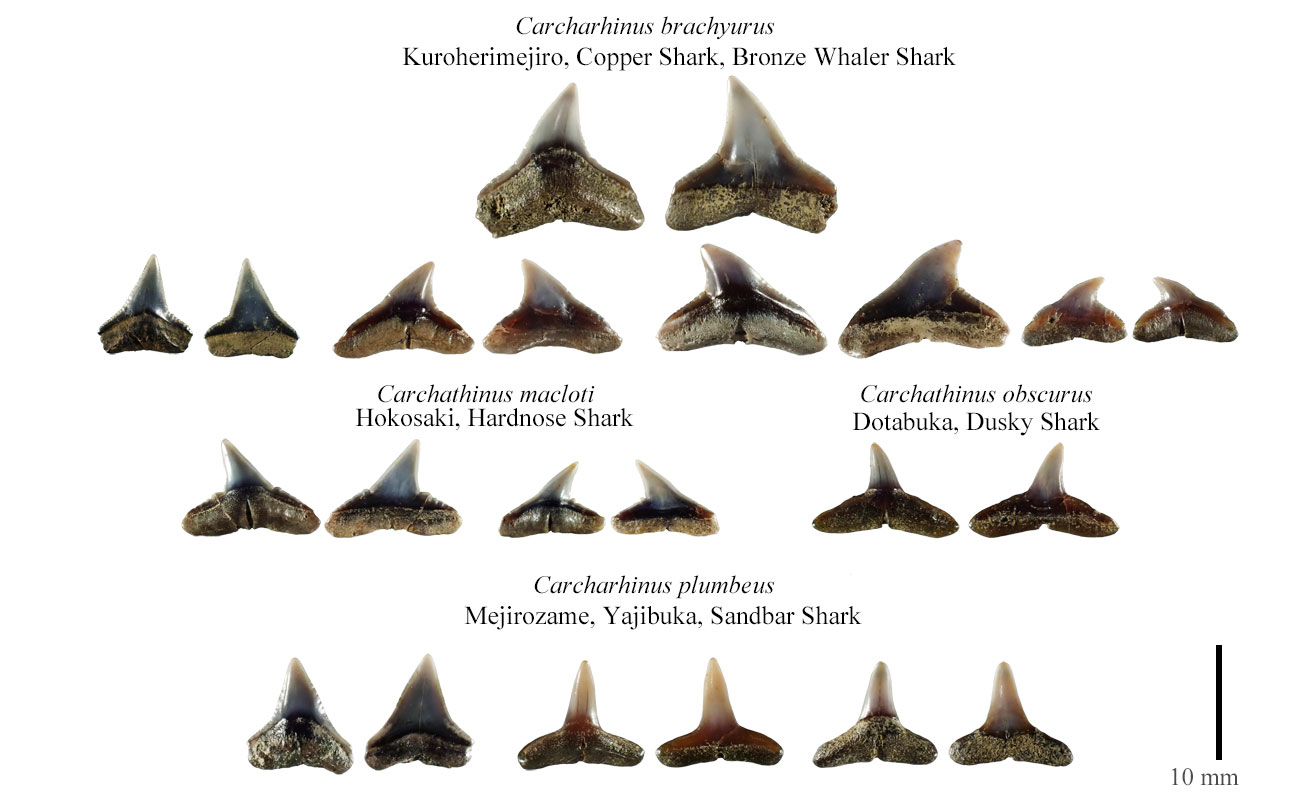
| Aug. 22, 2022 |
| Late Early Miocene Ichishi |
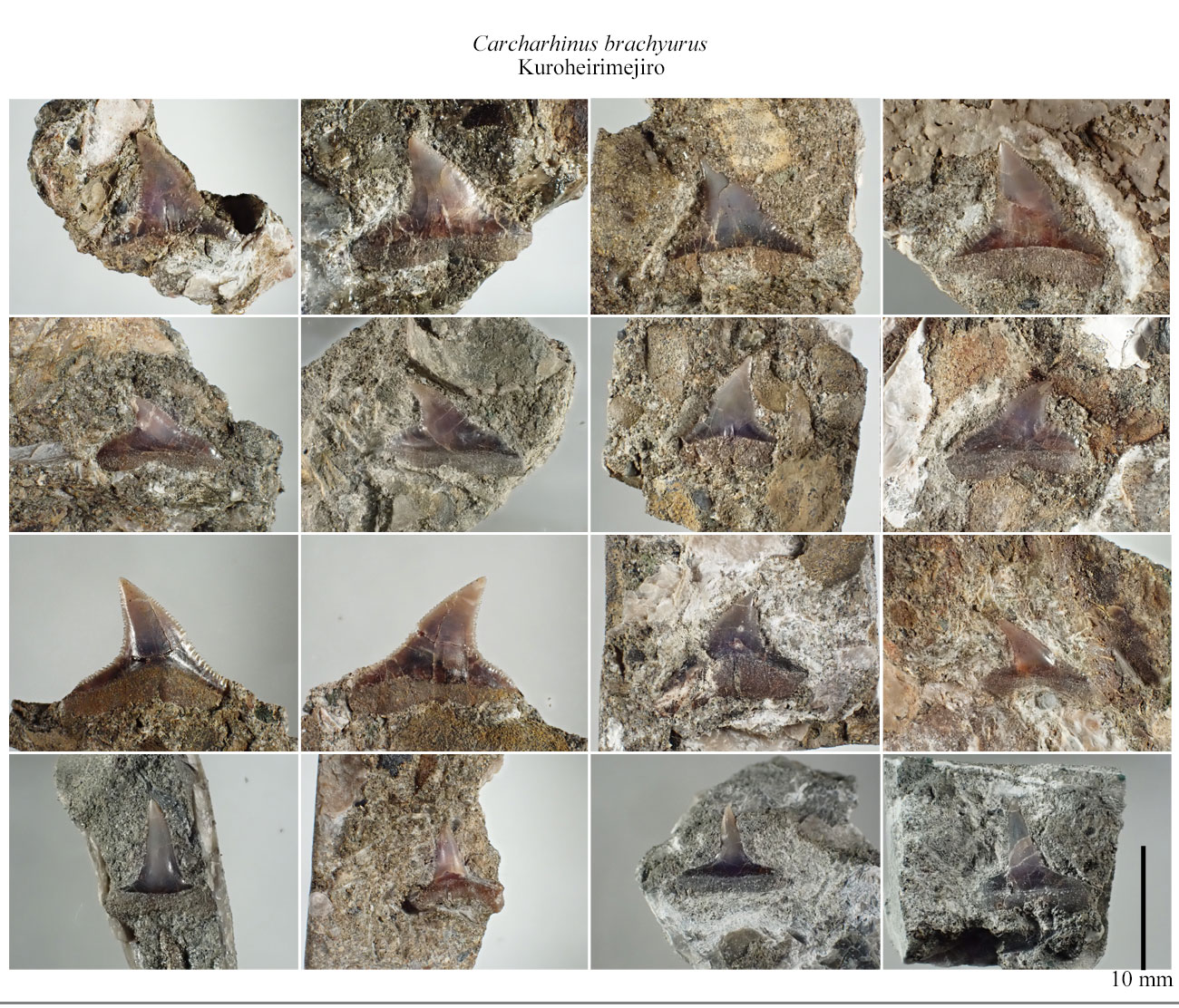
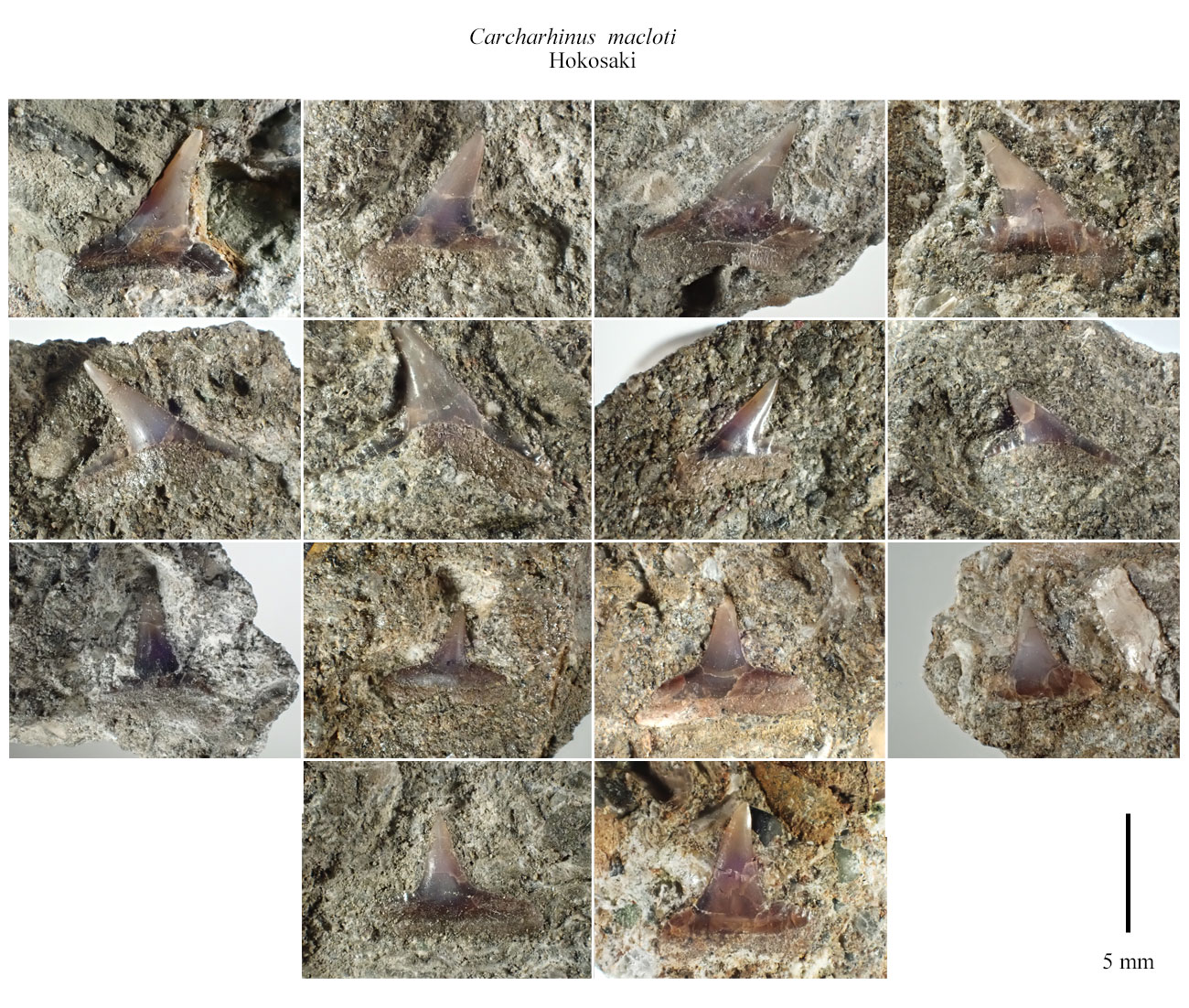
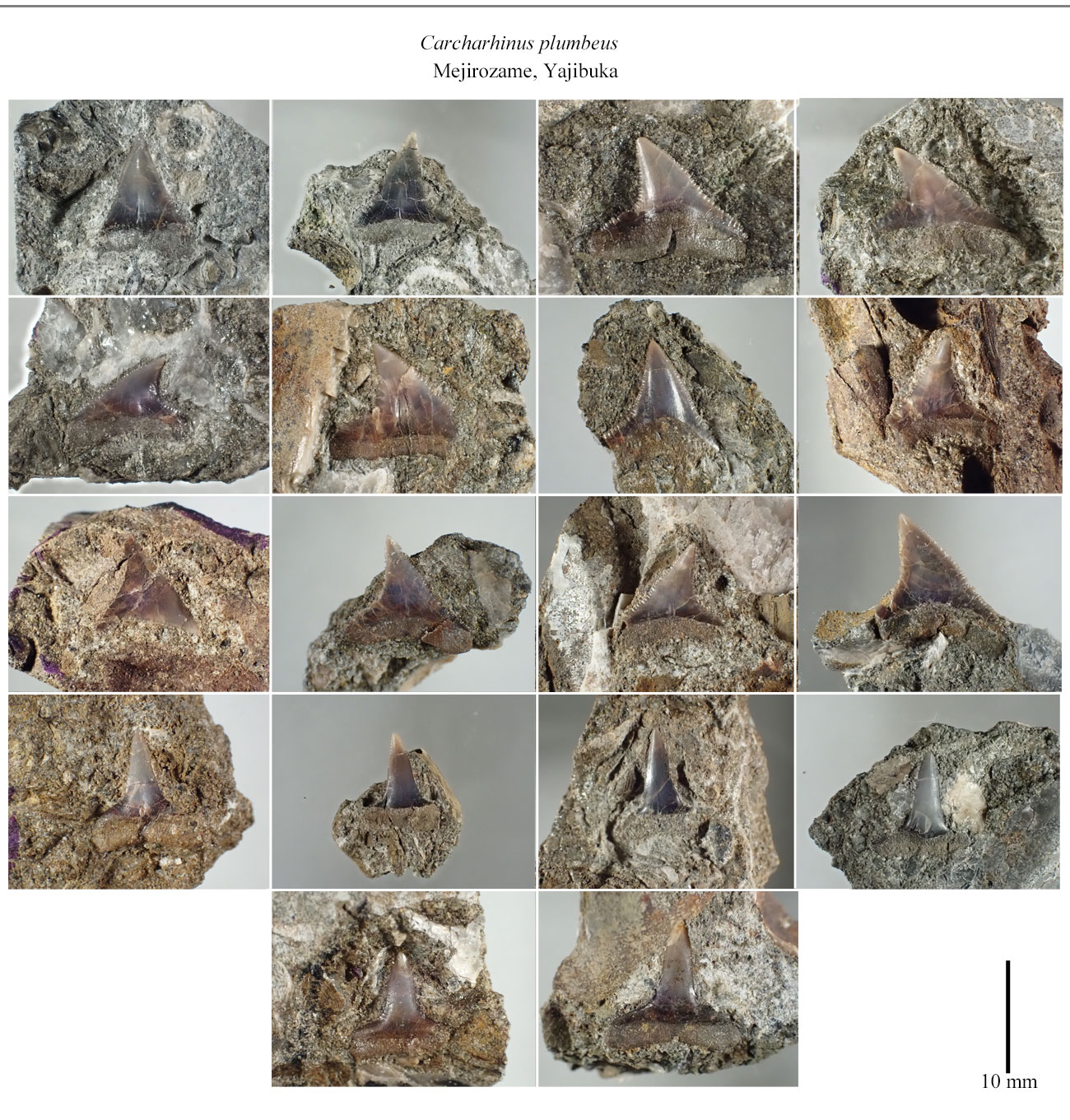
| Feb. 14, 2022 |
Late Early Miocene Ichishi II
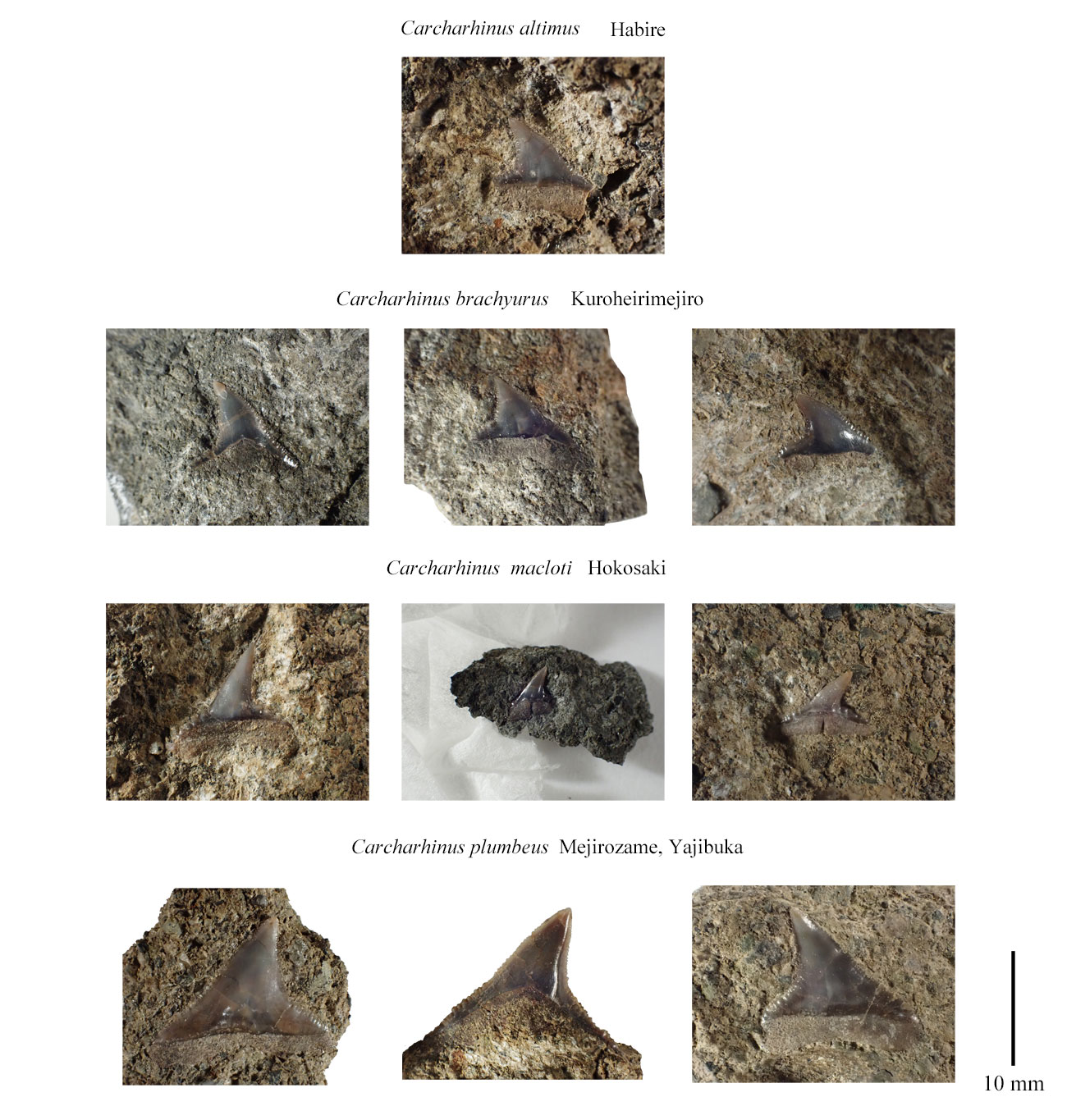
| Oligocene Ashiya |
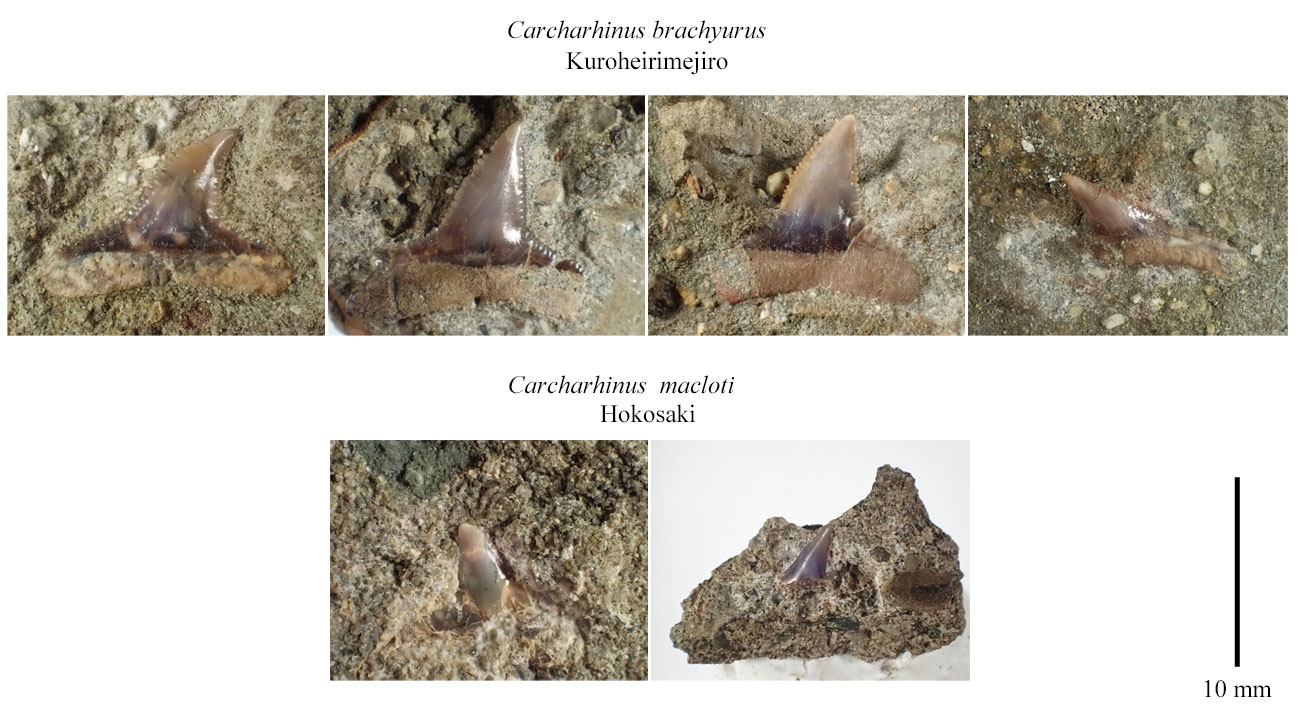
| Feb. 24, 2022 |
| Oligocene Iwaya |

| Jul. 24, 2022 |
| We investigated fossil sharks of the genus Carcharinus found in nine fossil-producing areas in Japan. The period of these fossil-producing
eras ranges from the late Oligocene of about 31 million years to the Holocene
8 thousands years ago. The Japanese archipelago was part of the Eurasian
continent until 15 million years ago. Then a part of the eastern edge of
the continent was separated and became the present Japanese archipelago. Shark fossils obtained from each of the nine fossil producing areas are shown below. As a result, the species of fossils obtained from each production area were not different from those found in the waters near the current Japanese archipelago. |
Back & Forth